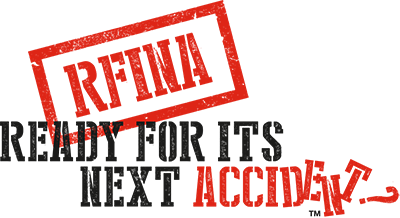OEM Certifications And Insurance DRP Programs
The insurance industry uses Direct Repair Programs (DRP) to direct their customers to their preferred vendors. Despite what they say about quality of work and standing behind repairs, these preferences are based on efficiency and cost savings, not safety or true quality of repairs (see our previous article An Unregulated Industry And 10s All Around). To them good enough is still good enough.
There was an article last week about a panel at the July 15th meeting of the Collision Industry Conference (membership is almost exclusively US based) discussing whether OEM Certification Programs can co-exist with DRPs. The responses from the panelists were refreshing. While being polite, they quite clearly said that the two concepts have conflicting agendas, and a repair facility cannot be a high performer in both programs.
In BC ICBC does not have a DRP program as such but is in reality one big DRP program. Their DRP like requirements are very clearly different from the requirements of OEM certification programs. Strangely ICBC will list OEM certification of the shops in their repair network, in doing this they are appearing to give a nod of approval to their qualifications. At the same time their own rules preclude adherence to OEM procedures.
The best progressive operators get very good at interpreting the rules of each to ensure that the car is repaired properly. This can be done and there are good shops doing this, but it is not easy. As one example, that known high quality OEM part will cost more than the aftermarket non-OEM part which is, with rare exception, of lower quality. Insurance companies like less expensive parts. and track the ratio of aftermarket parts to OEM parts, with an expected level of use of these aftermarket parts. The OEM certification requirements outright forbid the use of these parts.
Again, a good, honest, and well experienced facility can provide a safe repair, but they do this by being, to some extent, offside on the certification requirements and dancing on the edge of the rules and ratios that the insurance companies set.
This does not leave the car owner in a good place. That owner should not have to rely on the good intentions of the progressive shop to get a safe repair. The system should be set up such that the safe repair is the minimum standard.
Unfortunately, in 2021 there is still too much outdated culture and fixation on cost for this to be possible.
